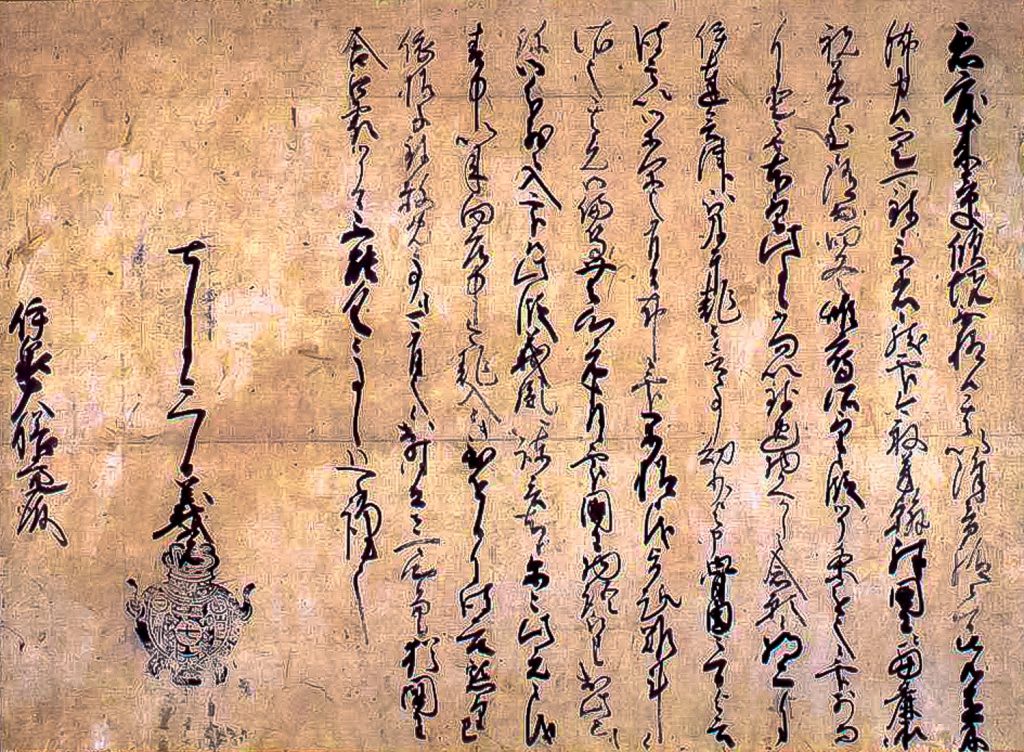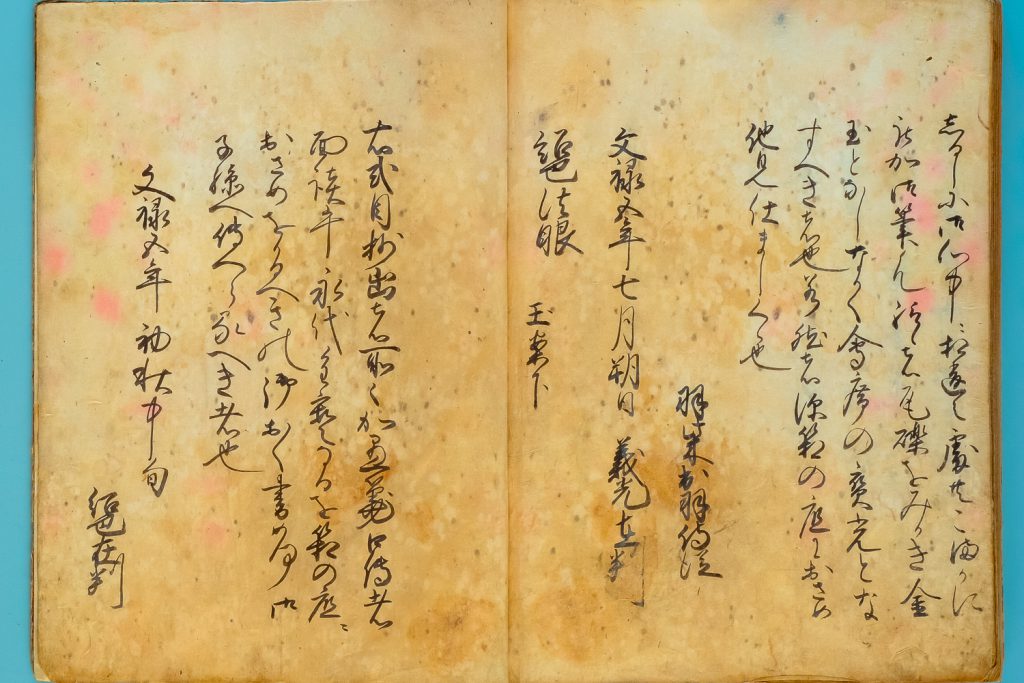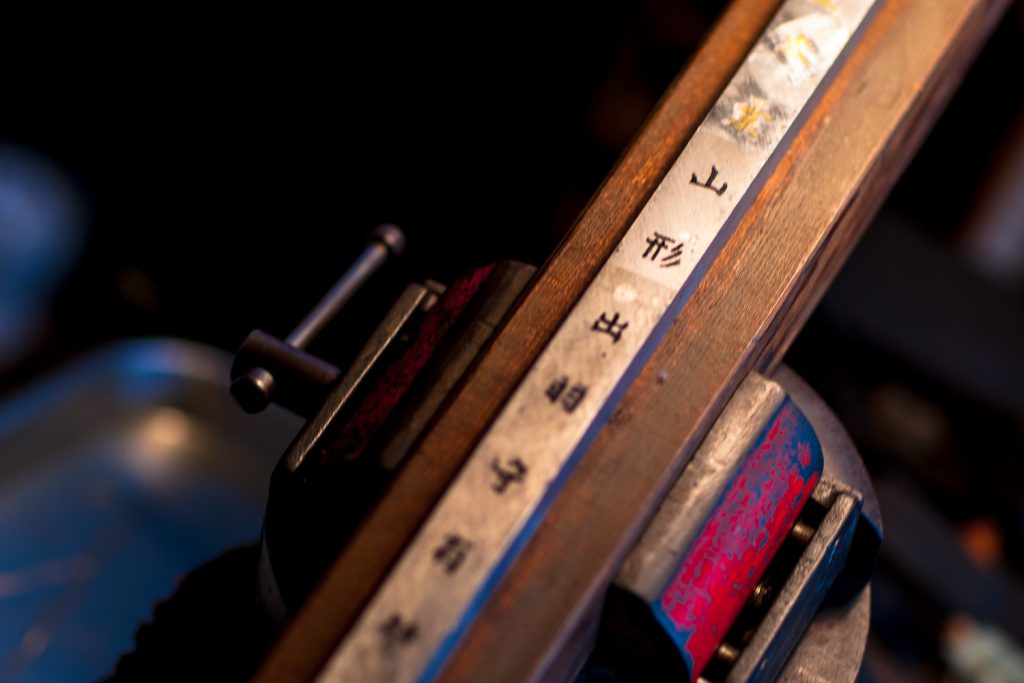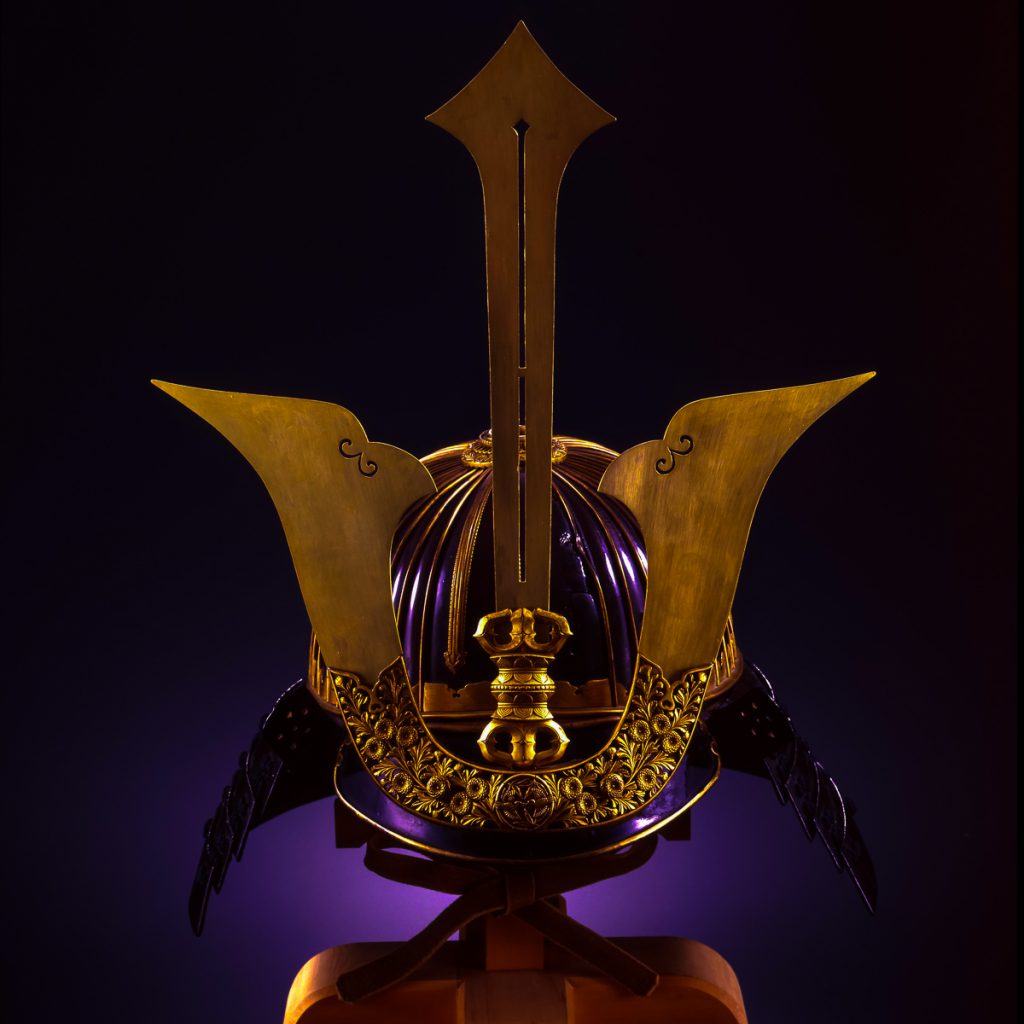A historical museum that introduces the life and legacy of Mogami Yoshiaki, daimyo of Yamagata prefecture during the Sengoku period.
Mogami Yoshiaki Historical Museum, Guide to Second Exhibition Room
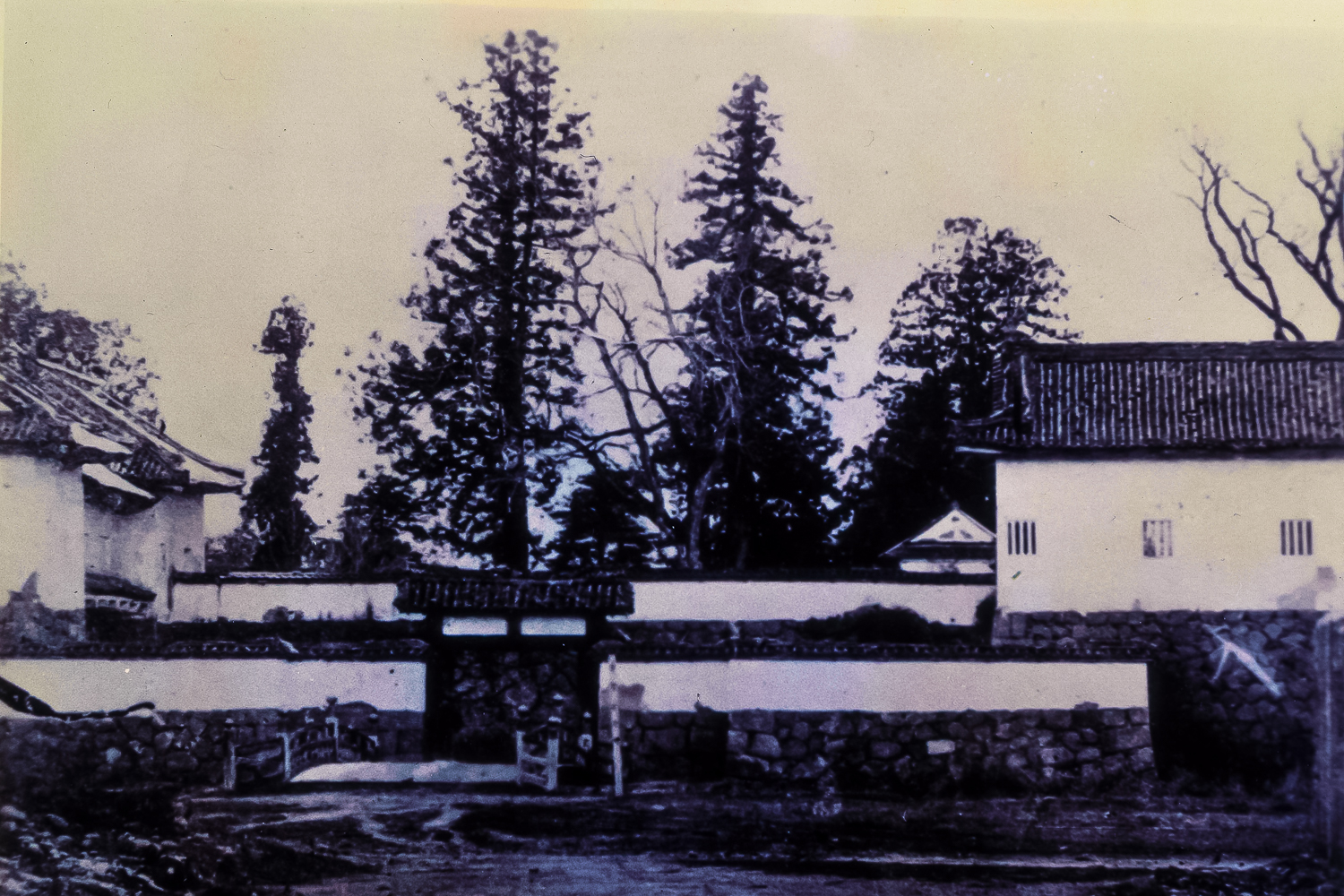
Yoshiaki is known for his many significant accomplishments. In addition to safeguarding the peace of the region, he brought stability to the lives of inhabitants through the measures he implemented in a wide range of areas including agriculture, manufacture, transport, commerce, religion, and culture.
His crowing achievements were the reconstruction of Yamagata Castle into a large and imposing fortress and the establishment of the surrounding castle town.
This castle town would in time become Yamagata city, the capital of Yamagata prefecture, and would serve as a model for the modern layout of the city as it exists today.
Yoshiaki died of illness on January 18, 1614 at the age of 69, a relatively advanced age for an era in which life expectancy for warriors was said to be around 50. Greatly beloved by his underlings, Yoshiaki was followed in death by four grieving retainers who committed ritual suicide to join their master.
Yoshiaki continues to be remembered for his many accomplishments, and is referred to as the “Tiger General” in honor of his great legacy.
 osusume en
osusume en
-
CP.No.11 Letter from Mogami Yoshiaki
A letter from Mogami Yoshiaki to Izumi Daizen-no-suke, house retainer of Sōma Yoshitane, Lord of Odaka Castle.
The black seal used on this letter is in the design of a kanae, or tripod kettle.
Yoshiaki was known to be a most faithful correspondent, and the letters he left behind show him to be possessed of penmanship skills equaled by few other generals of the Sengoku, or ‘Warring States’, period. -
CP.No.12 Letter from Mogami Yoshiaki (replica)
A letter from Mogami Yoshiaki to the monk Sonkai Shōnin of Hōdō-ji Temple.
In this epistle, Yoshiaki makes use of two old poems to inquire after the health of the letter recipient.
Written in his later life, after his 66th year, this letter demonstrates the depth of Yoshiaki’s knowledge of classical literature, as well as his refined sensibility.
-
CP.No.13 Renga Shinshiki (New Rules for Linked Verse), annotated by Mogami Yoshiaki
In 1596, Yoshiaki compiled the rules for renga poetry in a single volume accompanied by his own commentary.
It is thought that Yoshiaki penned a series of writings on his study of renga poetry during his time in Kyoto, later compiling them into this work.
At the end of the volume, a postscript written by Yoshiaki is followed by another postscript composed by Satomura Jōha, the leading renga poet of the day.
This work is a testament to Yoshiaki’s literary erudition along with his profound knowledge of renga poetry.
-
CP.No.14 Iron Baton, Iron Fan
Passed down through the Mogami family, these two implements of warfare were used by Yoshiaki himself.
The iron baton is 86.5 cm in length and weighs 1750 grams, making it as heavy as two swords.
Inscribed on the surface of the baton is “Descendant of the Seiwa Emperor, Lord of Yamagata in Dewa, the Monk with Hair, Yoshiaki”, indicating Yoshiaki’s lineage and honorary title and attesting to his devout nature.
Although the iron fan would originally have had a covering, this cover has been lost through the years, with only the iron spokes remaining.
Weighing 575 g, this fan could be used not only as an actual fan, but also as an offensive weapon as well as for deflecting swords and arrows. -
CP.No.15 38-Plate Gilt-Edged Ribbed Sujikabuto Helmet
A helmet worn by Mogami Yoshiaki, said to have been a gift from Oda Nobunaga.
The helmet bowl is an elegant example of craftsmanship from the early Muromachi period, while features including the shikoro (neckguard) and mabisashi (helmet visor) were reformed during Yoshiaki’s lifetime, when the “sparrows and bamboo” Mogami family crest was also added to the stylized helmet decoration.
Worn by Yoshiaki during the Battle of Hasedō in 1600, the helmet was struck by an enemy bullet, but protected Yoshiaki from harm.
A testament to the fierceness of the fighting, the helmet still bears the marks of this bullet. Weight, 3.1 kg.
*The twin horned crest and central sword-shaped fixture were restored in March, 2008.
information
Address:1-53 Ote-machi, Yamagata-shi
Phone number:023-625-7101
Open hour:9 a.m. – 5 p.m. (admission until 4:30)
Free admission
Closed Mondays (or Tuesdays if Monday is a national holiday) and during the New Year holidays. May also close for exhibition changes or other reasons.
 to go
to go
-

Bunshokan, Yamagata Prefecture Local Museum / 山形県郷土館 【文翔館】
-
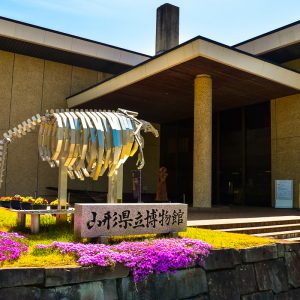
Yamagata Prefectural Museum / 山形県立博物館
-
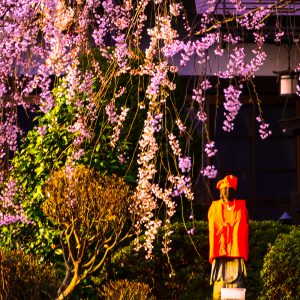
Heisenji Temple / 平泉寺
-
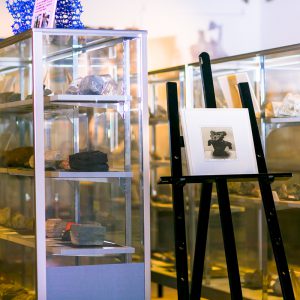
Yamagata University Museum / 山形大学附属博物館
-
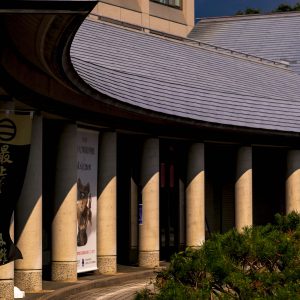
Mogami Yoshiaki Historical Museum , Guide to Lobby Area
-
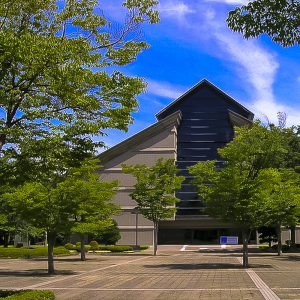
Yamagata Museum of Art / 山形美術館
-
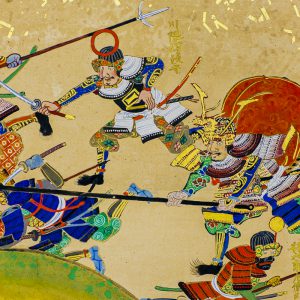
Mogami Yoshiaki Historical Museum, Guide to First Exhibition Room
-
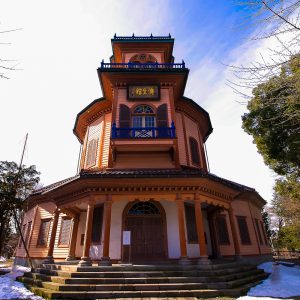
Yamagata City Local History Museum (former Saiseikan Hospital) / 山形市郷土館【旧済生館本館】
-
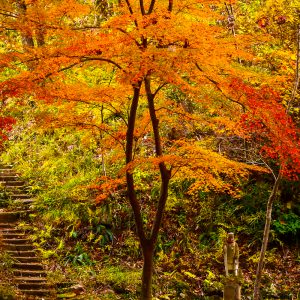
Heisenji Temple, Dainichido Hall / 平泉寺大日堂
-
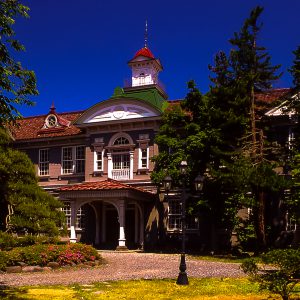
Yamagata Prefectural Museum Educational Resources Museum / 山形県立博物館教育資料館




